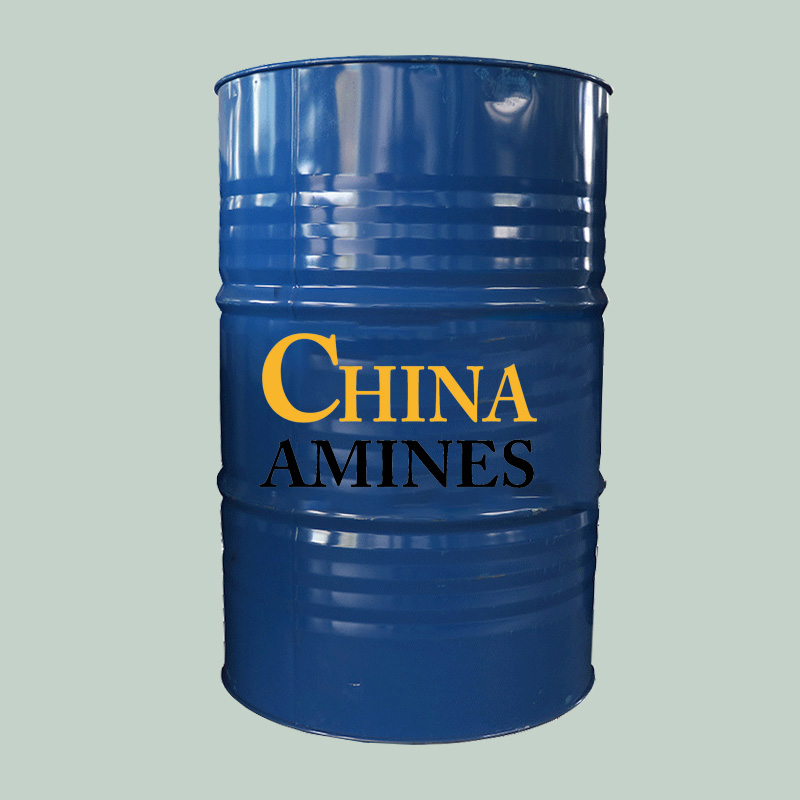1. Chemical Structure and Properties
Molecular Formula: C₇H₁₆O₄
Structural Formula:
CH₃O(CH₂CH₂O)₃H
A linear glycol ether with a methyl group bonded to a triethylene glycol backbone.
Physical Properties:
Appearance: Clear, colorless liquid with a faint ether-like odor.
Boiling Point: 255–260°C; Density: 1.10 g/cm³; Vapor Pressure:<0.01 mmHg at 25°C.
Solubility: Fully miscible with water, alcohols, and polar organic solvents (e.g., acetone, DMF).
Chemical Properties:
Hydrophilic-Lipophilic Balance (HLB): ~8.2, balancing polar and non-polar solvency.
Thermal Stability: Stable up to 200°C; decomposes above 300°C into aldehydes and CO.
Hydrolysis Resistance: Stable under neutral and mildly acidic/alkaline conditions.
2. Industrial Applications
Coatings & Adhesives:
Coalescing Agent: Enhances film formation in waterborne paints and latex adhesives.
Plasticizer: Improves flexibility in polyurethane and epoxy resin formulations.
Electronics:
Photoresist Developer: Used in semiconductor lithography for precise pattern development.
Cleaning Agent: Removes flux residues from printed circuit boards (PCBs).
Pharmaceuticals:
Reaction Solvent: Facilitates synthesis of temperature-sensitive APIs (e.g., peptides).
Personal Care:
Humectant: Retains moisture in skincare products (e.g., lotions, creams).
3. Safety and Toxicology
Health Hazards:
Acute Exposure:
Skin Contact: Mild irritation (rabbit skin LD₅₀: >2,000 mg/kg); no sensitization observed.
Inhalation: Low volatility minimizes risk (TLV-TWA: 10 ppm recommended).
Ingestion: Low toxicity (oral LD₅₀ rat: >5,000 mg/kg).
Chronic Effects:
Reproductive Toxicity: No teratogenicity in OECD 414 studies.
Organ Toxicity: No significant hepatotoxicity or nephrotoxicity in subchronic studies.
Protection Measures:
PPE: Nitrile gloves, safety goggles; adequate ventilation for high-temperature use.
Storage: Stable in HDPE containers; avoid prolonged exposure to light.
4. Environmental and Regulatory Compliance
Environmental Impact:
Aquatic Toxicity: LC₅₀ (fish, 96h): >100 mg/L; EC₅₀ (daphnia): >50 mg/L.
Biodegradability: Readily biodegradable (OECD 301F: >60% in 28 days).
Persistence: Low bioaccumulation potential (log Kow: -1.2).
Regulatory Frameworks:
EU:
CLP Regulation: Not classified as hazardous; REACH-registered.
USA:
EPA: Exempt from VOC regulations (40 CFR 51.100(s)(1)); TSCA-listed.
China:
GB 13690-2009: Classified as General Chemical (non-hazardous).
Transport:
UN Number: Non-hazardous; no special transport requirements.
5. Case Studies and Application Insights
Case 1: Waterborne Automotive Coatings (PPG Industries, 2023):
Application: TEGMME (3–5% w/w) improved flow and leveling in UV-curable clearcoats.
Result: Reduced drying time by 15% while maintaining scratch resistance and gloss.
Case 2: Semiconductor Lithography (TSMC, 2022):
Process: Replaced PGMEA with TEGMME in photoresist developers for 3nm node chips.
Efficiency: Achieved 20% higher resolution and 99.8% defect-free wafers.
Comparative Analysis:
TEGMME vs. Ethylene Glycol Monomethyl Ether (EGMME):
Pros: Higher boiling point (260°C vs. 124°C), lower toxicity, and better biodegradability.
Cons: Higher viscosity (25 mPa·s vs. 1.7 mPa·s) limits use in low-viscosity formulations.
Specifications:
Triethylene Glycol Monomethyl Ether is a colorless, low-odor solvent (≥99% purity) with high boiling point (~255 °C), density ~1.10 g/cm³, excellent water miscibility, and superior coalescing performance in coatings and inks.


